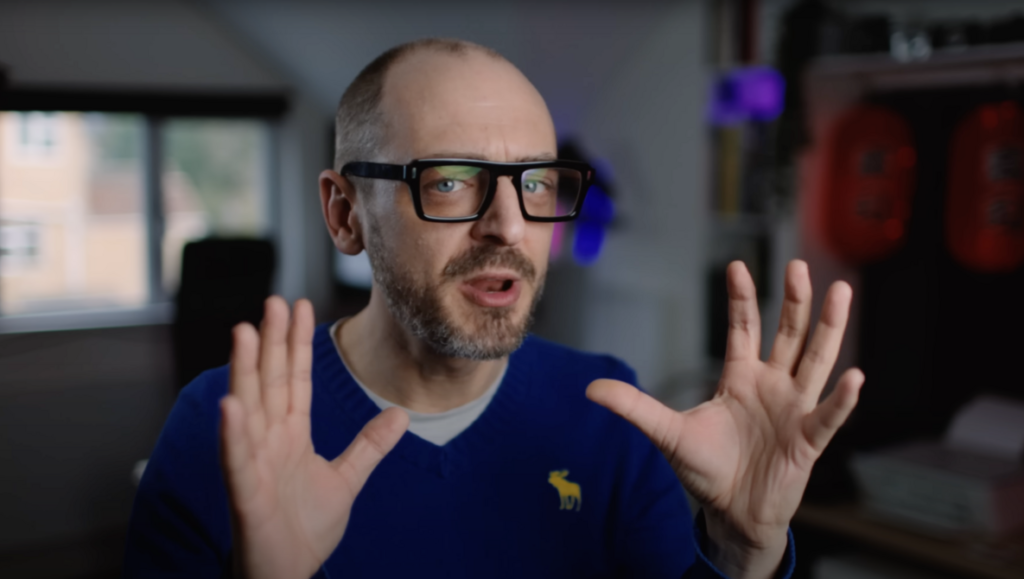Do you find yourself always leaning heavily on certain composition tricks that you learned as you were developing your photographic skills? Sure, they might make your more mediocre shots a little better, but casting off these creative crutches can be the first step towards making great photographs.
Being inspired by the work of other photographers and striving to emulate it in our own work is a natural part of the artistic development of a photographer. As it is in the other arts too, most of us learn by copying before we are able to attain some degree of artistic maturity and start to find our own voice.
In this age of social media, there is (for better or for worse) no shortage of other voices showing us how photography should be done. Photographers share their tips for creating beautiful, flattering portraits using longer focal lengths with wide apertures to create a shallow depth of field. Their subjects pop against a sea of dreamy bokeh, and we are suitably wowed. So this is how it’s done!
And we know that this is how it should be done because the people showing us the way have thousands of YouTube followers, and thousands of YouTube followers can’t be wrong. Right?
It’s not that there’s anything wrong with this advice per se. Shooting at wide apertures to better separate your subject from the background is a well-established approach to portrait photography. The problem with following this advice only starts when it becomes something that you automatically do whenever you’re shooting portraits—like this is somehow the only way to shoot portraits.
In this excellent and thoughtful video, Jamie Windsor discusses how easy it can be to find yourself relying heavily on these “established” approaches to photography, to the point that they can blind you to other, possibly more creative, possibilities. Jamie offers some great examples from the work of photographers who have bucked photographic convention in order to produce images that truly stand apart from the crowd.
The examples that Jamie shares are a masterclass in the use of deep focus in which the entire scene is pretty much in focus—the result of using narrower apertures and wider angle lenses. Rather than relying on the separation of the subject from the background to make the image work, a set of different compositional approaches are discussed including visual layering, geometry, and the use of color and shadow.
In photography, as in skinning cats, there’s always more than one way to do it. In failing to be as mindful and engaged in our endeavor as we could be when we’re composing a scene, we risk ending up with an okay image simply because we missed the chance to make a great image.






